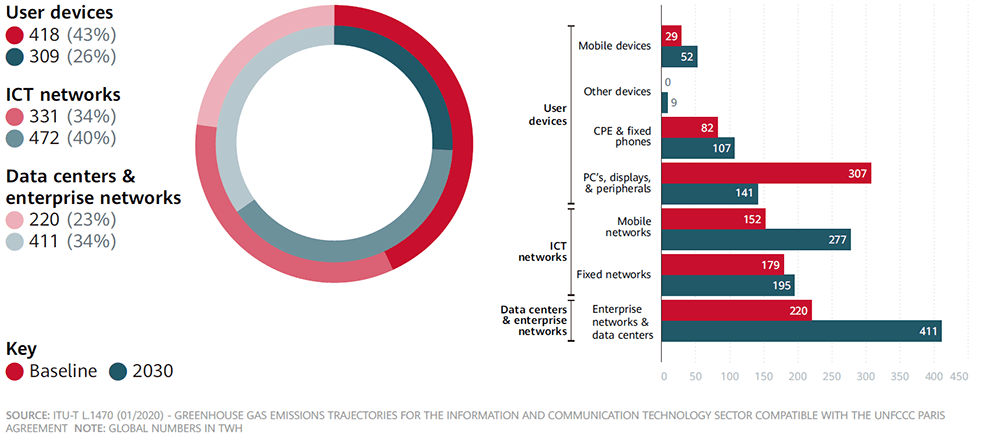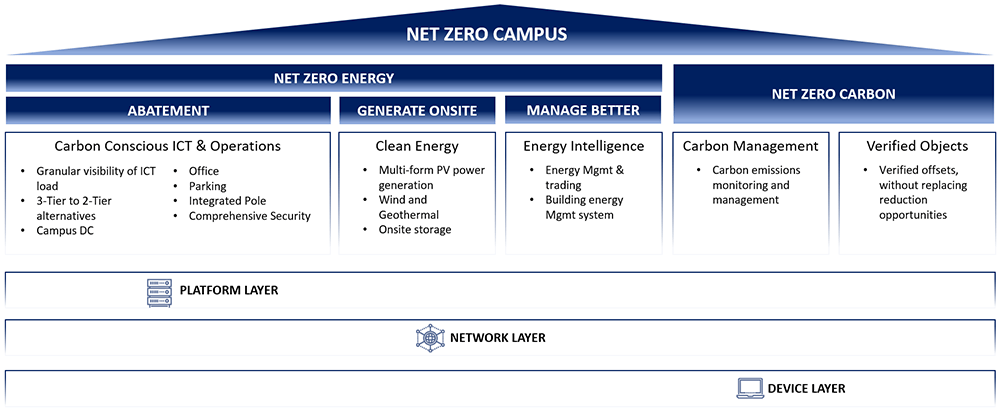Produkte, Lösungen und Services für Unternehmen
Smartphones, PCs & Tablets, Wearables, mobiles Breitband und mehr
Über Huawei, Nachrichten, Veranstaltungen, Brancheneinblicke und mehr
Ever since 2015, when then Deputy Secretary-General of the United Nations, Jan Eliasson made the profound statement that “Cities are where the battle for sustainable development will be won – or lost if we fail.”; a greater focus has been placed on cities as a focal point to solve key challenges. To put it into perspective, cities only cover 2% of the world’s surface, yet they consume 78% of the world’s energy and produce more than 60% of greenhouse gas emissions . They are also where 80% of global GDP is created.
Throughout history people of moved to cities, primarily in search of three things; security, prosperity and social interaction. So much so that not only are the number of cities increasing rapidly, but so too is their size. A mega-city is a city with a population greater than ten million; it is anticipated that the number of mega-cities across the world by 2030 will have grown by four times and will house a population five times that of the 1990 level!
A campus is a bitesize chunk of city. Therefore, addressing the campus as a building block is key to helping cities transition to a more sustainable future. Cities tend to be developed or redeveloped in phases, often consisting of one or more city blocks, especially when sub-developers are involved. Traditionally we may have thought of a university, college or school, when talking about a campus. However, a campus could be any chunk of a city ranging from a single large development to a whole district. A defining characteristic being the operational management and control of the area coming under a single administration. Therefore, we could understand a shopping mall, factory or even a mixed-use development as a campus.
Breaking down the city challenge into these smaller, more manageable segments of a city and adopting policies and practices at the campus level will allow more participation and localized action. So long as this is coordinated at the city, we could really accelerate transformational plans. This could begin with a target of achieving net zero energy, that is, the total amount of energy used on an annual basis would be greater than or equal to the amount of renewable energy created onsite. This step would set every campus, and therefore city, on a path towards carbon neutrality and ultimately net zero. Net zero refers to removing from the atmosphere, an amount of greenhouse gases (GHGs) – carbon dioxide (CO2), methane (CH4), nitrous oxide (N2O) and Fluorinated Gases – equal to those emitted by human activity. Transitioning to a net zero world is one of the greatest challenge’s humankind has faced.
Many governments around the world have committed to reducing their overall emissions, some have set a goal of achieving net zero emissions by 2050 or even sooner. To achieve these targets and reduce urban emissions, technology must play a central role in improving the energy efficiency, onsite generation and holistic management at the campus level.
Though global carbon emissions from the information and communications technology (ICT) sector are still in low single digit numbers, it is anticipated that the proportion of global energy consumption from enterprise and data center networks will nearly double by 2030 from the 2020 baseline. Technology can also provide avoidance of carbon footprint, this is known as the carbon handprint. According to figures from the Global e-Sustainability Initiative (GeSI), the carbon handprint of ICT could be ten times (10x) that of its footprint by 2030.
ICT Load Expected to Grow Even with Systems Becoming More Efficient Over the Decade (All Numbers Shown in Twh)

The net zero campus journey often starts with an initial target of achieving net zero energy campus.
This requires technology to address three key dimensions; abatement of energy and carbon through what we call ‘Carbon Conscious ICT’, increased onsite clean energy generation and improved management of energy & carbon through ‘Carbon Conscious Energy Intelligence’.

Innovations across these three domains can allow campuses to balance their energy and carbon books. For example, a move from a traditional three tier ICT network design to a two tier one can save up to 30% in energy use. It also reduces the number of components and materials required hence reducing the overall carbon footprint. On the other end, the use of AI in rooftop solar solutions can enhance the yield of energy from the same area; advances in battery storage technology also allow greater yields. When it comes to what we call Carbon Conscious Energy Intelligence, Huawei is the first and only solutions provider to date that has implemented the International Telecommunications Union (ITU-T) Recommendation L.1333, which defines a KPI called network carbon intensity energy (NCIe). This Recommendation also defines the correlation between the carbon intensity indicator and energy efficiency metric, this gives a way for objectively measuring the performance of different campuses.
As each campus in a city tends towards net zero, our cities and countries will have a greater ability to reach their net zero goals and deliver a more sustainable future for the coming generations.
To learn more about the net zero campus and download the white paper, please visit Huawei Net Zero Campus.
Disclaimer: The views and opinions expressed in this article are those of the author and do not necessarily reflect the official policy, position, products, and technologies of Huawei Technologies Co., Ltd. If you need to learn more about the products and technologies of Huawei Technologies Co., Ltd., please visit our website at e.huawei.com or contact us.
Toward Excellence in the Digital Economy
The Future of the Digital Economy: Built on the Cloud, Fueled by Data, and Driven by AI
The Digital Economy: The Middle East's New Growth Frontier
Digital Economy: The Impact on National Transformation and Businesses
Accelerating the Digital Economy: Four Key Enablers
National Digital Transformation and Smarter Cities: Eight Forces That Will Shape the Future